Savage's Masterpiece
Not All 99's Are Created Equal
feature By: Terry Wieland | March, 25
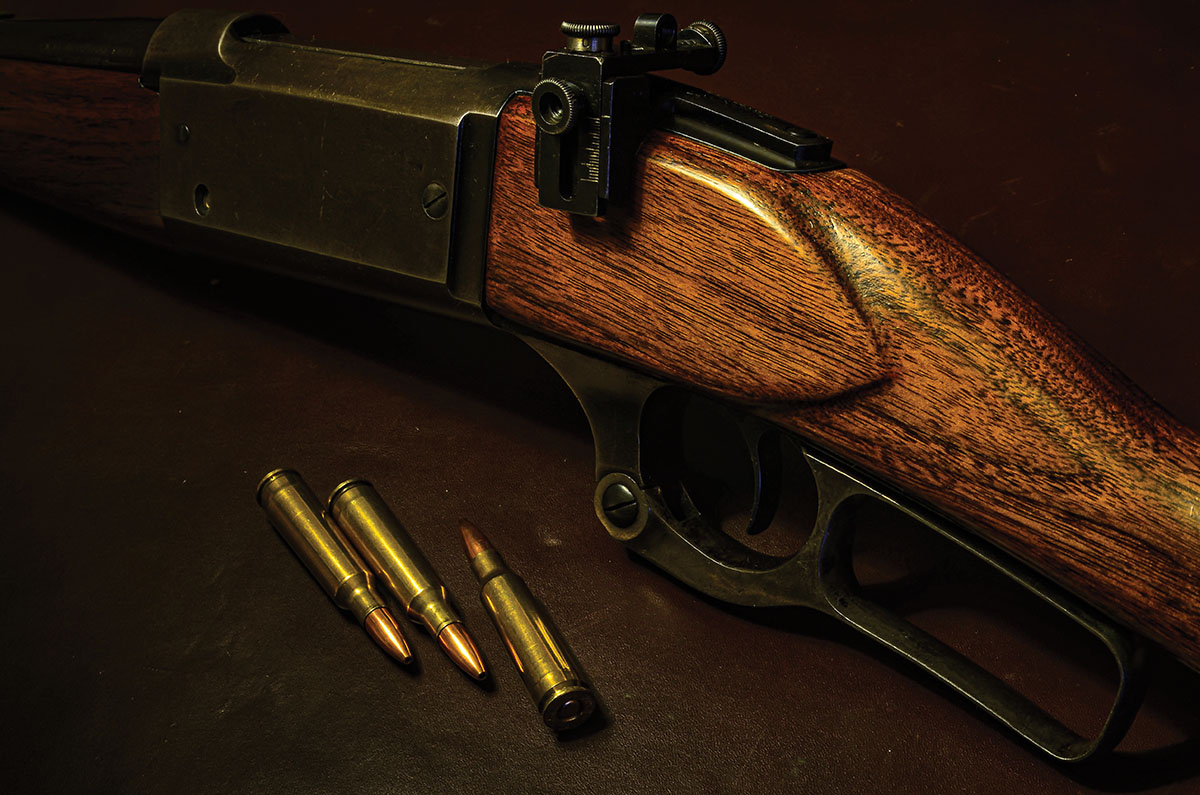
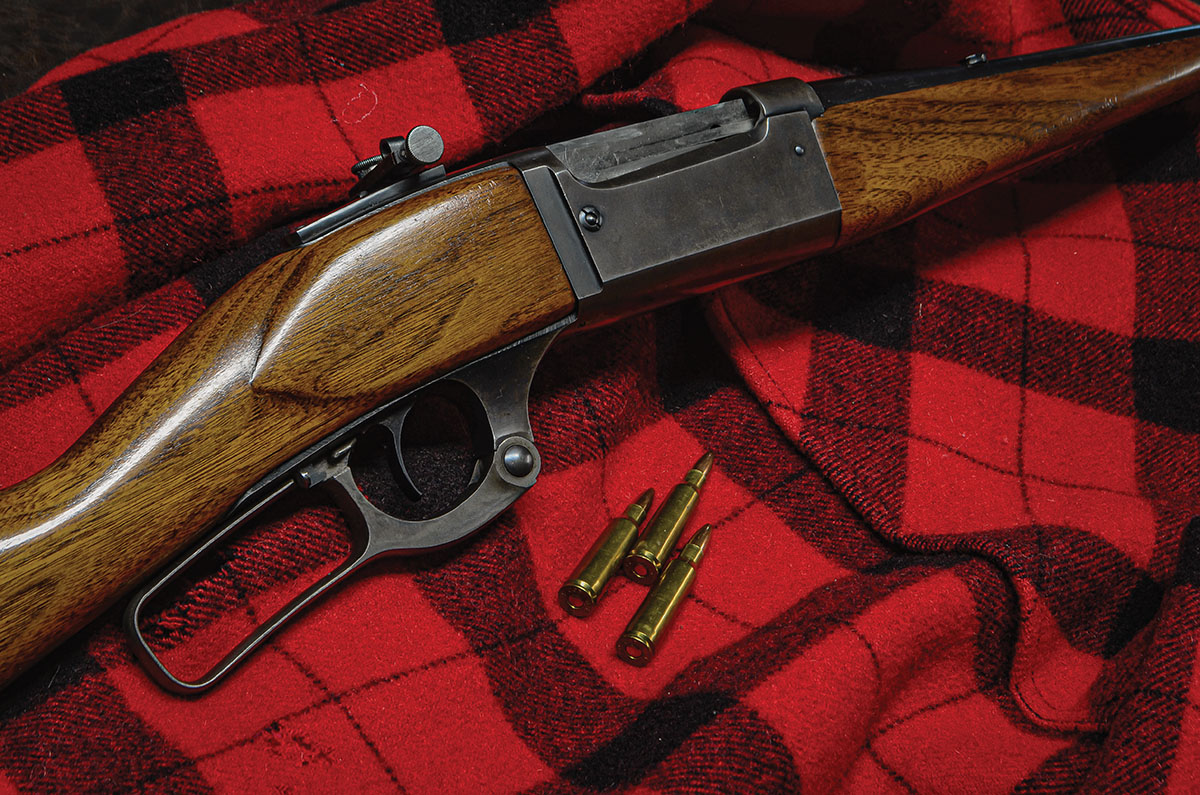
Thanks to the “99,” as it became known, Arthur W. Savage became famous, and the town of Chicopee Falls, Massachusetts, became as much a household name – in shooters’ households, at least – as New Haven, Connecticut.


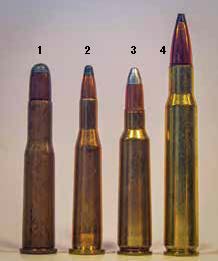
Of course, none of this would have worked had the 99 not been a remarkable rifle, which it was and is. Where contemporaries like the Winchester 94 represented the final flowering of a particular type, the 99 was the beginning of a new one.
The Winchester 94 was flat-sided, ideal for saddle scabbards, with a tubular magazine that would accommodate flat-nosed bullets in cartridges like the 38-55 and later 30-30. The 99, on the other hand, had a rotary magazine that would handle spitzer bullets safely, and its lock-up was solid enough to handle even later high-pressure hot-shots like the 284 Winchester. Its solid frame and side ejection allowed later mounting of a riflescope.
During its lifetime, the 99 was produced in a dizzying array of models and types. Some were factory products listed in the company’s catalogs. Savage began operation in the era when even large companies would produce almost anything a customer wanted in terms of barrel length (round, octagonal, or semi-octagon), caliber, engraving, upgraded walnut, elaborate checkering, various stocks and forends, and factory-fitted sights. There were takedowns and solid frames. These options were in addition to the formal grades, from standard to super-deluxe, whose catalog illustrations caused uncontrollable drooling.
Leaving aside custom rifles, which appear in some wild and wonderful configurations, the Savage 99 was produced in so many different models that three generations of historians have despaired of getting it right.
Like the Stevens company it absorbed in 1920, Savage was fond of reusing model designations, sometimes years later, for completely different rifles. For example, mention a Model 99F, and you might mean a saddle-ring carbine (1899), a lightweight takedown (1922), or a standard pistol-grip model from 1955. ’Tis enough to drive one mad.
Throughout it all, however, the action remained more or less as originally designed, available in one length, with a definite limit on cartridge length. Only towards the end of its life, in the 1960s, did the company redesign it to use a detachable box magazine instead of the excellent rotary type and move the safety catch to the tang.
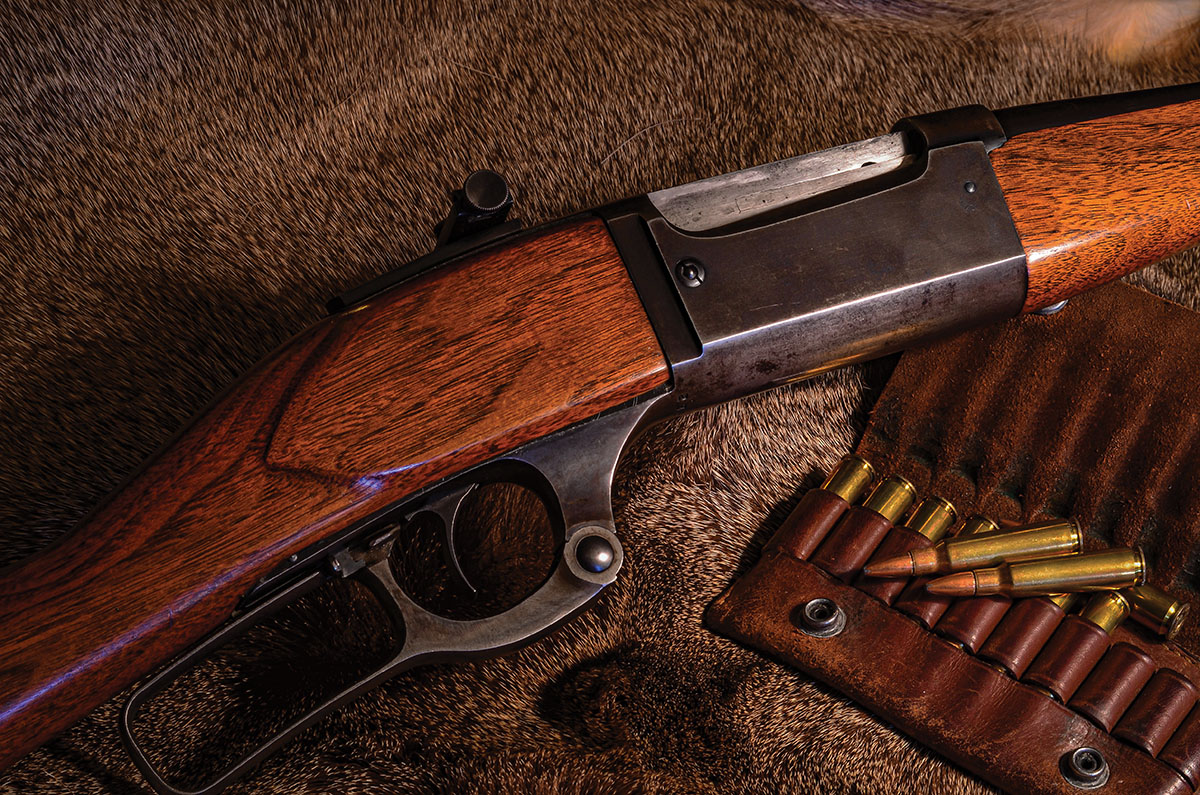
Newton, however, had an even better idea: A .25-caliber rimless bottleneck that would fling a light bullet at high velocity. The 250-3000 was unveiled in 1914, named for its caliber and velocity, and was the first American cartridge to reach the unheard-of level of 3,000 feet per second (fps). Better known today as the 250 Savage, it was one of the truly ground-breaking cartridges of the 20th century. For big-game hunters, it changed everything.
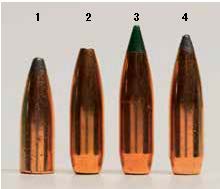
Although no one realized it until years later, Savage and Newton were also unleashing the first knotty problem of velocity, bullet weight and length, rifling twist and accuracy.
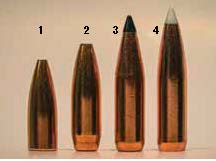
Newton’s original plan for his .250 employed a 100-grain bullet at 2,800 fps. However, Savage wanted 3,000 fps for marketing purposes, so the company reduced bullet weight to 87 grains. This became a standard weight for quarter-inch cartridges, up to and including the much later super-hotshot 257 Weatherby.
Did the 250-3000 kill like a lightning bolt? Yeah. Sometimes.
Another advantage of the Savage 99 over other lever actions was its adaptability to riflescopes, which allowed shooting at longer ranges with greater precision. Scopes did not come into common use until after 1945, allowing accuracy to be judged more precisely. Combined with the still-later arrival of personal chronographs, riflemen could put together all the pieces of the puzzle that determined the effectiveness of the 250-3000.
Considering all the disparate elements involved, from rifle configuration to chambering and a century of manufacturing, how can one pick out one particular 99 that can be considered “the best” or a “great” hunting rifle?
Since I acquired my first 99 25 years ago, I have owned and shot about a dozen of them. These have included takedowns and solid frames, with barrels long and short, and included the 22 High Power, 250-3000 (4), 300 Savage, 30-30, 308 Winchester, 303 Savage (3) and 32-40. As is my wont, once I became interested, I researched and bought one rifle after another, never satisfied until, one day, I realized I’d found the ultimate, and I could now stop searching.
That “ultimate” is a Model 99E – a 250-3000 with a 22-inch barrel, straight-grip buttstock with a “shotgun” or carbine buttplate, and a slim schnabel forend. No scope and no sling, but fitted with a Lyman 56S receiver sight (appropriate for its era), it carries in the hand like a walking stick, is as fast to the shoulder for a snap shot as any Winchester 94 and is deadly out to 250 yards. I can carry it easily in one hand while parting branches with the other.
For traditional still hunting – creeping along a creek bed, say, or prowling a hillside – no better rifle has ever been made.
In 1905, Savage introduced the term “Featherweight” for some of its rifles. This was an established boxing category and had been in use in England for some time, but Savage was the first American company to use it. In 1920, it abandoned such descriptions in favor of alphabetical designations – Model A, E, F, H, and the like – and did not use the term again for many years.
The 99E was introduced in 1922, along with a comparable takedown (the 99F) and remained in production until 1934, when the lineup was revamped again. In 22 High Power, 30-30 and 303 Savage, it had a 20-inch barrel; in 250-3000, it was 22 inches and, in 300 Savage, 24 inches.
Through the 1920s, the 250-3000 achieved cult status. When I was a kid, on the wall of an old deer camp near where I lived, there was a photograph taken in the 1920s. This was a few years after a great fire swept through the old-growth timber, followed by new growth and an explosion of the whitetail population. This photograph showed a dozen hunters with the week’s take – two meat poles, upper and lower, packed end to end with hanging deer.
Particularly memorable was the fact that every single one of those hunters was holding a Savage 99. Equally memorable, they were all young (or young-ish) guys – presumably serious hunters who wanted the latest and best. There’s no way of telling what caliber they were, but it’s fair to conclude a good number were 250-3000s, the darling of the day.
In that era, still-hunting was the standard method, although a few camps had makeshift stands on deer trails and mounted drives, with or without hounds. Still-hunting is not stand hunting, although many people today think it is. The term is derived from stealth hunting, and it involves moving slowly, silently, and most of all, watchfully through the bush, stopping often and examining every nook and shadow.
Deadfalls were particularly attractive deer hideouts, and more often than not, you’d startle a buck from his bed and get one glimpse – and a brief window for shooting – as he bounded away. Like hunting grouse with a shotgun, the rifle was in your hands at all times, and you needed to be fast and deadly.
This was the world of Vermont and Maine, upstate New York and southern Ontario, for which the 99E was made.
Anyone paying close attention to the foregoing will realize there are a lot of caveats in making a 99E a great deer rifle, mainly in terms of ammunition. By the time 250-3000 ammunition were dropped by the big companies about 30 years ago, it was only available with 100-grain bullets. Today, only Hornady and HSM offer factory 250-3000, and then only with 100-grain bullets. These bullets are too long and too slow to stabilize in a 99E.
Today, a 250 Savage is mainly a handloading proposition, which is just as well because you can only realize the optimum by loading your own. With a 22-inch, 1:14 twist barrel, you cannot stabilize anything heavier than 90 grains, and even their bullet length is an issue, to say nothing of construction. Fortunately, Sierra’s .257 90-grain hollowpoint is a light bullet intended for heavier game (deer, pigs) rather than the typical 87-grain varmint bullet.
The Sierra is shorter even than other 87 – or 90-grain bullets, like its own Blitzking, making it easier to stabilize. There’s no need to push velocities. The bullet can be nicely stabilized at 2,950 fps, achieved easily in the 99E.
In the late 1930s, several years after it discontinued the wonderful 99E, Savage combined elements of two models to come up with the EG. It was interrupted by the war, but production was resumed after 1945 and continued into the fifties. The EG was chambered in 250-3000, among others. It had a 24-inch barrel, pistol grip, and longer schnabel forend, and it could be drilled and tapped for a scope.
But look at what happens: With a scope, it’s awkward to carry. Fit a sling, and it means it’s on your shoulder when it should be in your hands. Tighten the sling so it doesn’t flop around in the bush, make noise and interfere with the operation of the lever. What’s more, all this paraphernalia adds two pounds to the weight of the rifle. Try holding that in one hand while you part the branches with the other.
I had an EG in 250-3000 and still have one in 300 Savage, and I admire it greatly.
To be sure, the EG is a nice rifle. But the Savage Model 99E? A great hunting rifle. Great.


